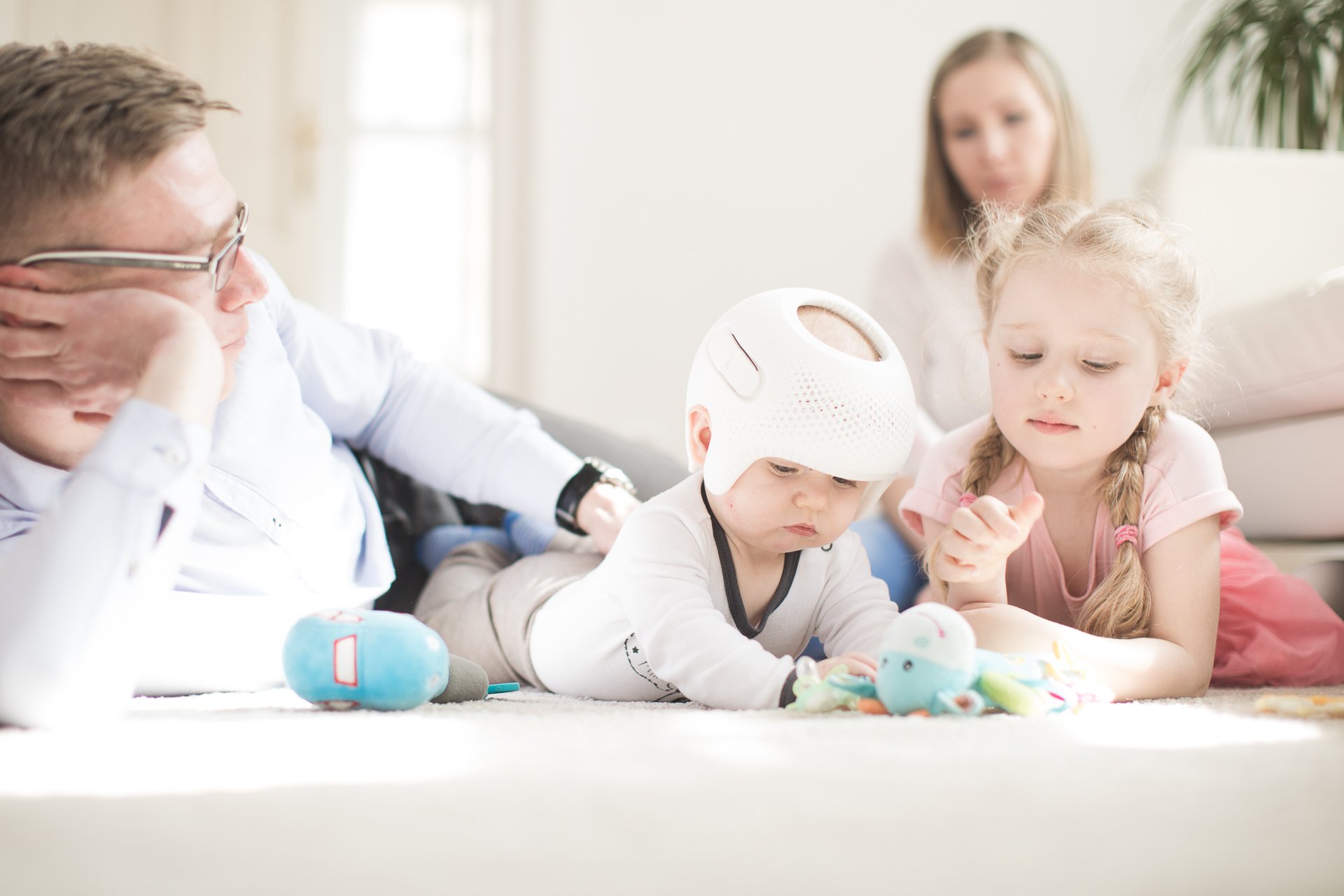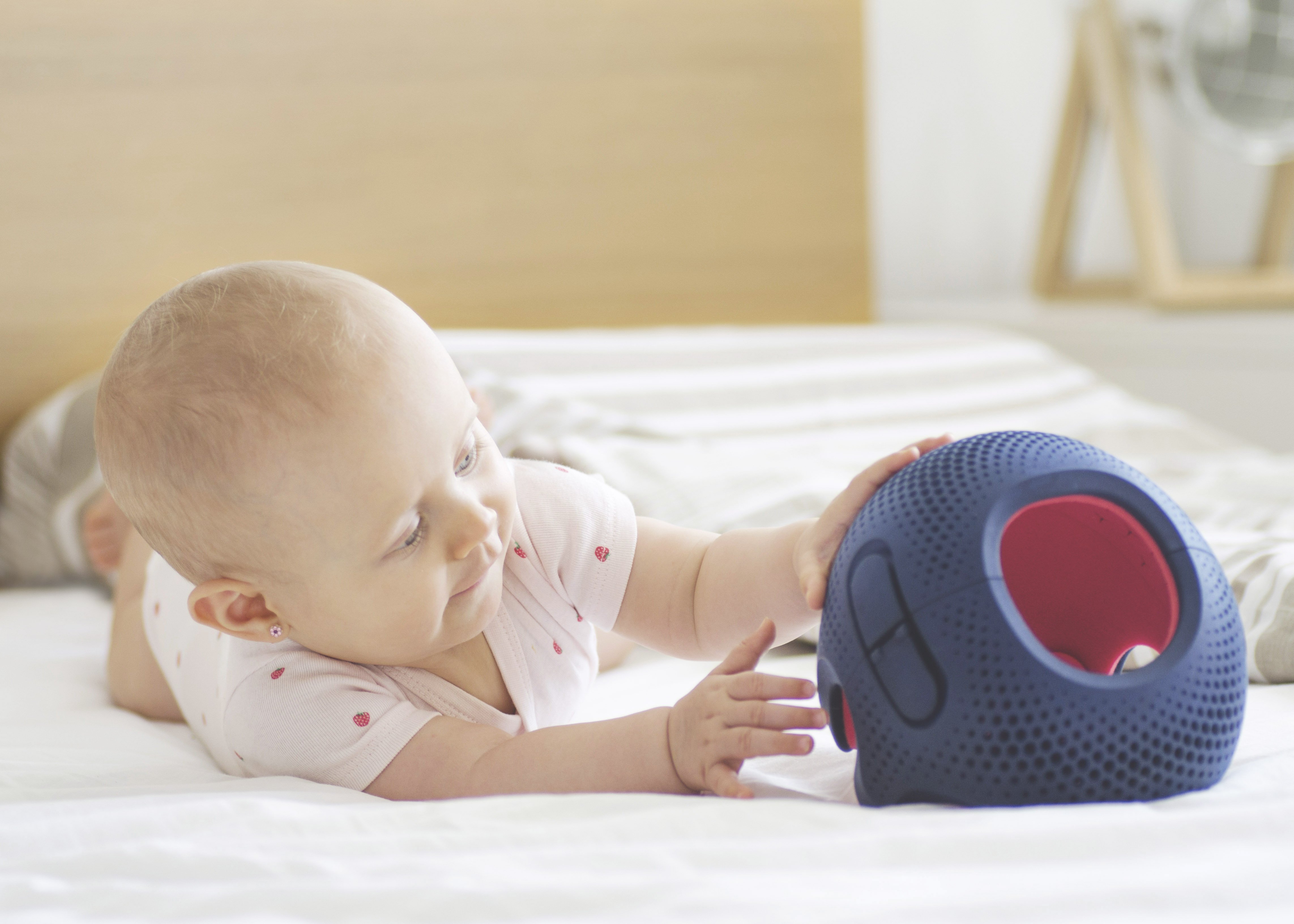
Is My Baby Having a Growth Spurt?
Growth spurts are short periods of time when your baby packs on the weight and growth, sometimes it seems that this is literally overnight. You can often find yourself wondering your baby is having a growth spurt, so Read on to find the common growth spurt signs that will allow you to identify it with ease.
Growth Spurt Signs
There are some signs you can look out for that give you an indication of your baby's growth spurt:
- Increased Hunger - You may notice that your baby is hungry and wanting constant feeding around the clock, even more than usual. Signs of this are: latching onto the breast at every opportunity, breastfeeding for longer, and/or appearing dissatisfied after a bottle. This can be exhausting for mum but be assured, it won't last forever!
- Putting on Weight – weight gain and putting on more weight than usual is hardly surprising if your baby is constantly feeding, so you may notice your little one getting heavier. Some studies suggest that boys are likely to grow first and then put on weight, whereas girls are likely to put on weight and grow at the same time.
- Changes in Sleep – during a growth spurt, your baby may have trouble getting settled both at night and during naps. You might find that your baby is waking up at all hours of the night and demanding food or comfort, or needing to take a lot more naps and sleep longer in the night (make the most of it!). Human growth hormone (HGH) is produced during sleep and is crucial for growth, so sleep may fuel your little one's growth. It can be frustrating as your little one might have just began to settle into a routine, but don't despair as normal sleep should resume after a few days.
- Behaviour Changes – you may notice your baby becoming more irritable and clingier during a growth spurt. Some research suggests that growth spurts are accompanied by developmental leaps so keep your eyes peeled for a new skill such as rolling or crawling. In the meantime, enjoy the extra cuddles!
- Fussiness - Fussing and crankiness are normal during growth spurts. Your baby may seem more irritable during the day, less likely to settle at night, or fuss at the breast or bottle.
- No Signs - Some lucky babies go through growth spurts without displaying any obvious signs. You may take your baby to be weighed one day and find your baby has jumped up a percentile or notice the onesies you just bought are suddenly tight at the toes.
When do Growth Spurts Occur?
Growth spurts and development leaps can happen at any time. In young babies, they usually last for one or two days; in older babies they can last up to one week. Don't worry if you aren't away of your baby's growth spurts, they aren't always as obvious!
There are certain times when your baby is more likely to have a growth spurt in the first year. These are:
- 1-3 weeks
- 4-6 weeks
- 3 months
- 6 months
- 9 months
Baby's Head and Growth Spurts
Your paediatrician will pay close attention to the growth of your baby's head as this reflects the growth of the brain. During the first 4 months of your baby's life their skull is growing faster than at any other time. On average, a baby's head will grow about 7cm in their first four months. To accommodate this, the bones in baby's skulls are flexible and have flexible fibrous sutures to allow this growth to happen. Whilst the plates in the baby's skulls are still growing, soft spots can be felt on your baby's head - for more information on these check out our previous blog.
Generally, head circumferences don't spurt but grow at an even rate. This is because the brain is the hungriest organ and takes the first of any nourishment available. It truly is a remarkable part of our bodies!
If you are aware of a flattening on your baby's head, which is usually a result of them preferring to stay on the same area of the head, repositioning techniques can usually rectify the problem, especially if started as soon as the flattening is noticed. During a growth spurt, improvements can often occur quicker.
If your baby is already wearing a plagiocephaly helmet such as our TiMbandAir, you may notice the growth of your baby's head more as it will be altering the way the helmet fits on your little one's head. However, these changes are good as it is an indication that your baby's head is growing and improving. However, if you feel that the helmet is becoming too tight, ask your clinician to adjust the helmet at the next appointment with your baby.
Take a look at the rest of our blogs for more advice on a variety of health and lifestyle topics for your baby.


